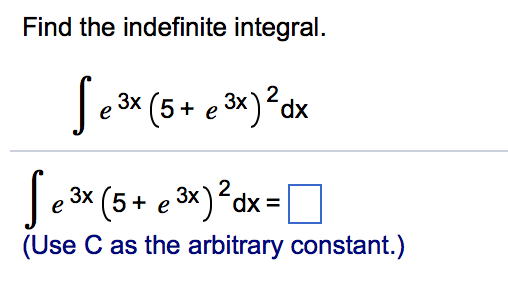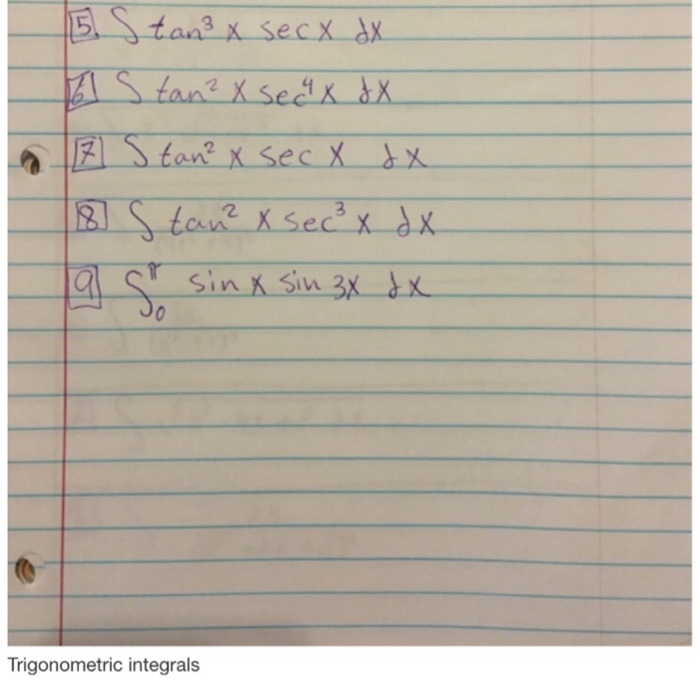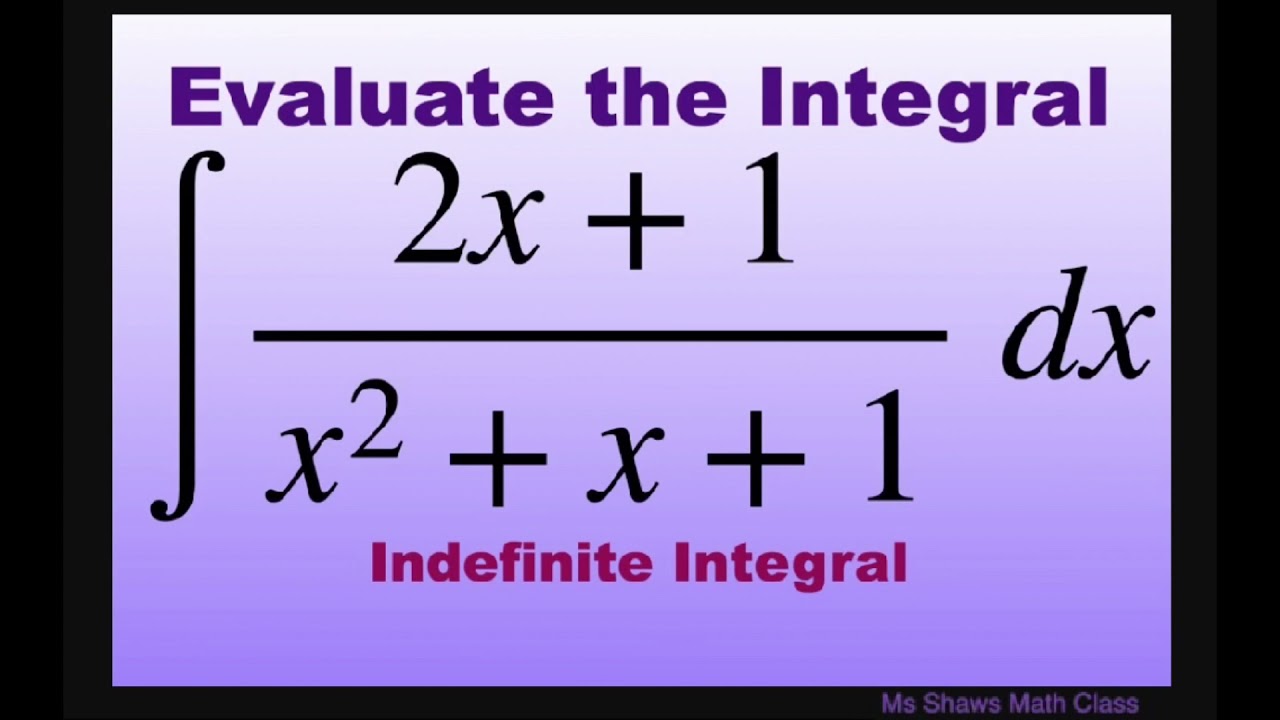Unleash Your Inner Math Geek: The Steamy Secrets Behind the Integral of e^3x Revealed!

Are you ready to dive into the fascinating world of calculus and uncover the secrets behind the integral of e^3x? If you’ve ever found yourself scratching your head over this mathematical concept, you’re not alone. The integral of e^3x is a topic that sparks curiosity and often leaves students and math enthusiasts alike yearning for a deeper understanding. In this post, we’ll break down the process step-by-step, providing valuable insights and practical applications to help you master this essential calculus technique, (calculus tutorials, integral calculus, e^3x integration).
Understanding the Integral of e^3x: A Step-by-Step Guide

Integrating e^3x might seem daunting at first, but with the right approach, it becomes a straightforward process. Let’s start by recalling the basic rules of integration, particularly the exponential function integration rule, which states that the integral of e^(ax) is (1/a)e^(ax) + C. Here, ‘a’ is a constant, and ‘C’ represents the constant of integration.
Step 1: Identify the Function
The function we’re dealing with is e^3x. Notice that the base is ‘e’ and the exponent is ‘3x’. This fits perfectly into the exponential function integration rule, where ‘a’ is 3.
Step 2: Apply the Integration Rule
Using the rule mentioned above, the integral of e^3x is:
[
\int e^{3x} \, dx = \frac{1}{3} e^{3x} + C
]
This result is derived by substituting ‘a’ with 3 in the formula.
📚 Note: Always remember to include the constant of integration 'C' when integrating indefinite integrals.
Practical Applications of Integrating e^3x

Understanding the integral of e^3x isn’t just an academic exercise; it has real-world applications in fields like physics, engineering, and economics. For instance, exponential functions are used to model population growth, radioactive decay, and even compound interest calculations.
Example: Compound Interest Calculation
In finance, the formula for compound interest involves exponential functions. By integrating e^3x, you can derive equations to calculate interest accrued over time, (compound interest, financial math, exponential growth).
Example: Physics and Engineering
In physics, exponential functions describe phenomena like heat dissipation and electrical circuits. Mastering the integral of e^3x allows you to solve complex problems in these areas, (physics applications, engineering math, heat transfer).
Common Mistakes to Avoid

While integrating e^3x is relatively simple, there are a few pitfalls to watch out for:
- Forgetting the Constant of Integration: Always include ‘C’ in your final answer.
- Misapplying the Integration Rule: Ensure you correctly identify ‘a’ in the exponential function.
- Ignoring the Chain Rule: If the function is more complex, like e^(3x^2), you’ll need to use substitution or the chain rule, (common math errors, integration mistakes, calculus tips).
Summary and Checklist

To recap, integrating e^3x involves applying the exponential function integration rule, resulting in (1⁄3)e^3x + C. This technique is crucial for solving problems in various fields, from finance to physics.
Checklist for Mastering the Integral of e^3x:
- Identify the function and the value of ‘a’.
- Apply the integration rule: (1/a)e^(ax) + C.
- Include the constant of integration ‘C’.
- Practice with real-world applications to reinforce your understanding.
What is the integral of e^3x?
+The integral of e^3x is (1/3)e^3x + C, where 'C' is the constant of integration.
Why is the integral of e^3x important?
+It’s essential for solving problems in physics, engineering, finance, and other fields that involve exponential growth or decay.
Can I use the same rule for e^(3x^2)?
+No, e^(3x^2) requires substitution or the chain rule, as it’s not a simple exponential function.
By now, you should feel more confident about tackling the integral of e^3x. Whether you’re a student, a professional, or simply a math enthusiast, mastering this concept opens doors to understanding more complex mathematical and real-world problems. Keep practicing, and soon, you’ll be solving integrals with ease! (calculus practice, math mastery, integration techniques).
